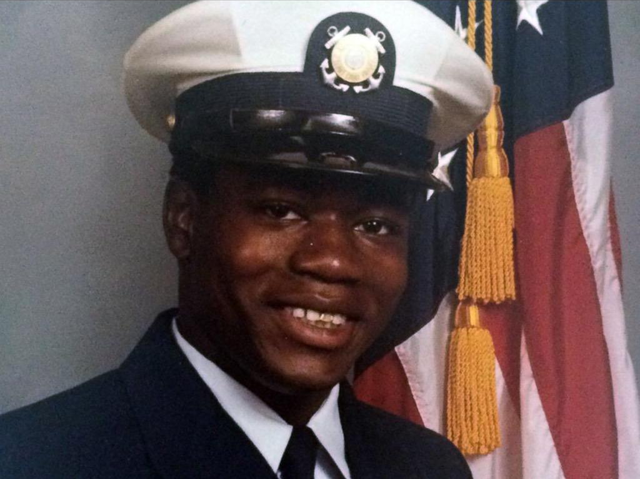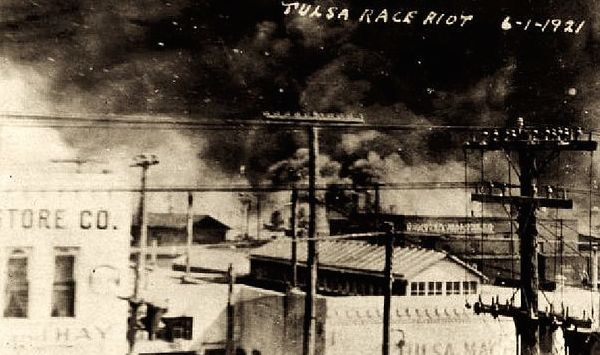Since last August, the list of the names of Black people who have been murdered by the cops has multiplied. It’s said that every 28 hours a Black person is killed by the police. It’s also said that in 2015 alone over 300 people, mostly Black, have been murdered by the police – and we’re not even a full 6 months into the year.
Many would say that this information seems incorrect. They imagine that there couldn’t possibly be that many people killed within a year by the Police, who are supposed to protect and serve the rest of us who aren’t in uniform. I would call those people naive. But since there isn’t a formal record of just how many people are killed by the police each year, there’s no evidence to present to non-Black people to illustrate the distrust and fear many of us have of law enforcement.
Unfortunately, because we live in a society that doesn’t believe the lived experiences of Black people, that lack of physical evidence allows most to ignore or remain completely oblivious to something that has been going for generations.
Over the past year, there was a fleeting hope that if people could see the harm we went through, there would be a greater push to stop these extrajudicial murders. There were many campaigns to require law enforcement all over to wear body cameras to record their interactions with people.
Even without this, more and more civilians have been quick to pull out their camera phones to record and upload onto the internet violent interactions between themselves or others and the police. Almost weekly there have been videos of one victim after another being shot, suffocated, or otherwise killed.
Instead of having its intended effect of forcing people to see and empathize with the victims, it seems to have rapidly desensitized people to the sight of Black people dying.
This has been happening for generations. By the time most Black children are in their pre-teens they’re already taught by their parents – or trained by interaction – on how to behave around the police to lower their chances of being beaten, sexually abused, or killed. However, this self-preserving, precautionary relationship Black people have toward the police is largely ignored by White people. They would rather assume that some bad behavior in a Black person’s past is what caused them to be harassed by officers.
There’s a breaking point. After years, decades, generations of abuse, there comes a point where people cannot take it anymore. All that negativity cannot be bottled up forever, all of that abuse cannot be received without boiling over.
Read more







